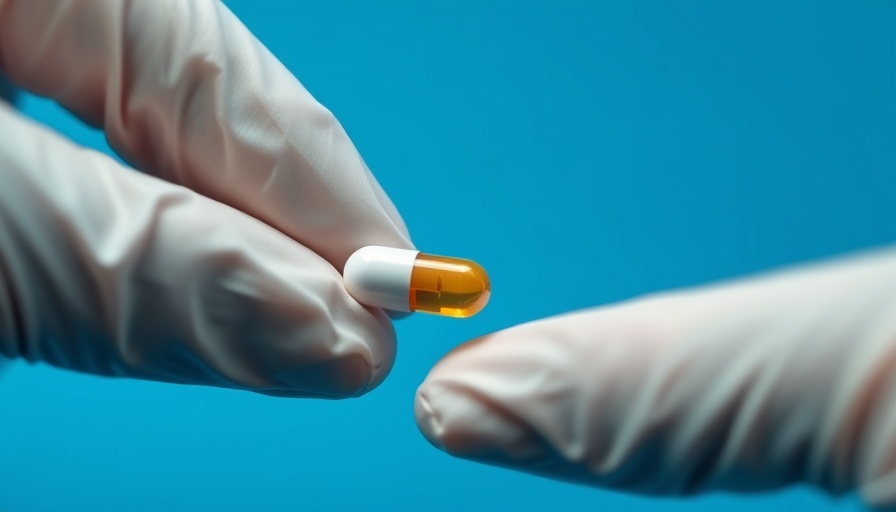
The Future of Drug Design: How AI is Revolutionizing the Biotech Industry
Onur Boyar, a PhD student at Nagoya University, is at the forefront of a transformative shift in the field of drug and material design using generative models and Bayesian optimization. In an exclusive interview, Boyar shared insights from his pioneering work that integrates artificial intelligence (AI) with chemical discovery. He emphasizes the critical role of AI in delivering tangible results, fostering collaboration amongst scientists, and pushing the boundaries of innovation.
Exploring Generative Models and Bayesian Optimization
Boyar’s research navigates the intricate landscape of generative models, which automate and optimize the drug discovery process. By utilizing Bayesian methods, he addresses the often-complex nature of molecular structures, facilitating more straightforward pathways to drug synthesis. This approach not only simplifies the task for chemists but also enhances the efficiency of generating viable drug candidates.
A Big Leap: Japan’s Moonshot Program
One of the most ambitious projects that Boyar is involved in is the Moonshot program—a government-funded initiative aimed at creating an AI-driven scientist robot capable of independently conducting the entire drug development cycle. "This project stands out for its grand vision. We are focusing on developing the AI capabilities to enable this robot to work alongside chemists and streamline the drug discovery process," Boyar explains. The prospects of this project underscore the significance of AI in reshaping research methodologies and potential breakthroughs in healthcare.
Collaboration in the Chemical Realm
Collaboration stands as a cornerstone of Boyar’s approach. His interactions with chemists have led to a continuous exchange of knowledge, which informs the technological advancements being realized. For instance, early attempts at molecule generation faced hurdles when chemists struggled to synthesize complex structures. In response, Boyar shifted his methodology to focus on editing existing molecules instead of creating new ones from scratch. This pivot demonstrates the importance of adaptability in research and the need for AI solutions to align with practical, real-world applications.
Real-World Impact and Emotion in Science
Perhaps most rewarding for Boyar is witnessing the direct impact of his research. "Sending generated molecules to chemists for synthesis and seeing those projects advance through to animal testing is incredibly fulfilling," he reflects. This tangible connection highlights the emotional resonance of scientific exploration and its implications for real-world health outcomes. The progress made through their collaborative projects showcases the transformative power of AI when integrated into existing scientific frameworks.
Looking Towards the Future: Opportunities for AI in Drug Discovery
As technological advancements continue to redefine industry standards, Boyar's work signifies a broader trend in biotechnology where AI not only enhances productivity but opens new avenues for discovery. Future predictions suggest that as generative models become more refined and integrated with real-world processes, the efficiency of drug development cycles could improve exponentially, reducing the time and costs associated with bringing new therapies to market.
Conclusion: Embracing Transformational Potential
For C-suite executives considering the integration of AI into their organizations, Boyar’s journey serves as an inspiring case. The application of AI in drug and material design exemplifies how businesses can leverage technology to innovate, streamline processes, and foster collaboration. As AI continues to evolve, its potential to transform industries—especially in healthcare—presents numerous opportunities worth exploring.
 Add Row
Add Row  Add
Add 




Write A Comment